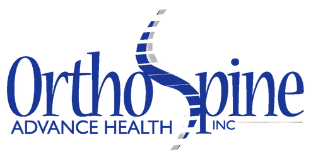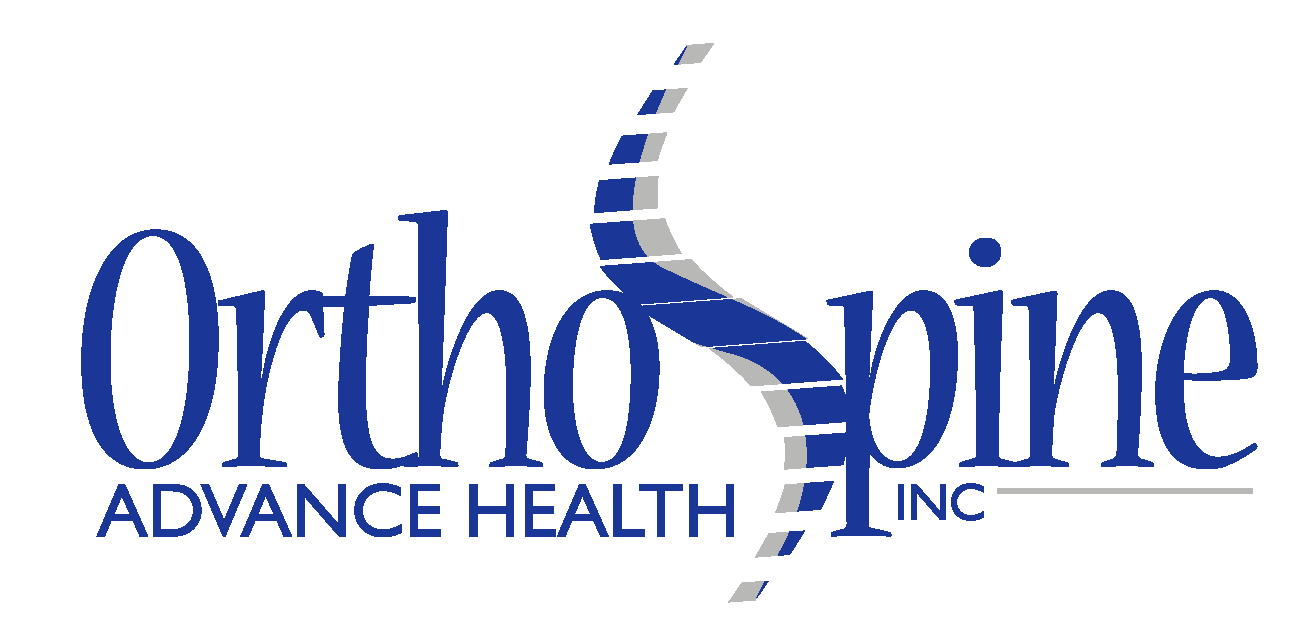Scoliosis
Scoliosis causes an abnormal curvature of the spine and can lead to numbness, shooting pains and even difficulty breathing.

Scoliosis is the presence of an abnormal curvature of the spine. Scoliosis may affect the cervical (neck), thoracic (middle) and lumbar (lower) regions of the spine. The curves, which veer to the left or right, often present in an S- or C-shape.
A normal human spine has zero (or close to zero) curvature sideways when looking at it from the front, when a person is standing upright in a natural, balanced posture. More than 10 degrees of curvature in this view is the definition of scoliosis.
There are different types of scoliosis, which are often evaluated and treated differently:
Idiopathic scoliosis: This form is not secondary to another condition. This is the most well-known type that presents most often in adolescence (age 10-17). It affects girls much more than boys, and is passed down in families. It is estimated that approximately 3.5% of children in the USA are affected. There are also rarer forms that present before age 10.
Neuromuscular scoliosis: This refers to scoliosis that is secondary to some sort of neuromuscular condition or syndrome. There are too many to mention, but common ones would include cerebral palsy, myelodysplasia, muscular dystrophy, polio, spinal cord injury, etc.
Degenerative scoliosis: This is the adult-onset form that occurs secondary to the development of degeneration of the spine and its joints. This is most common after the age of 50.
Congenital scoliosis:
This is caused by abnormal development of vertebra, present at birth. Sometimes vertebra fail to form normally, or they can fail to segment from each other, leading to abnormal curvature of the spine. This can be noticeable at any age in childhood.
Some of the Scoliosis symptoms are; uneven shoulders and/or waist, one hip that is higher than the other, one prominent shoulder blade, neck and back pain, difficulty breathing (in severe cases), numbness, cramps and shooting pain in the legs.
Scoliosis can be diagnosed during routine medical exams. The physician will examine the spine, hips, shoulders and legs to assess for signs of scoliosis. If scoliosis is suspected, X-rays may be ordered to confirm the diagnosis and determine the severity of the spinal curvature.
rEQUEST AN APPOINTMENT
Fill out to form to request an appointment. You can also ask us spine care related questions. We will get back to you ASAP.

